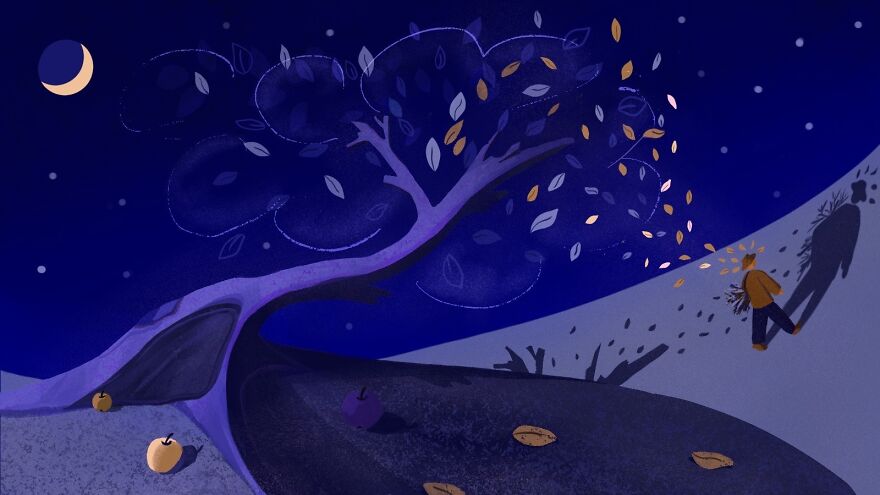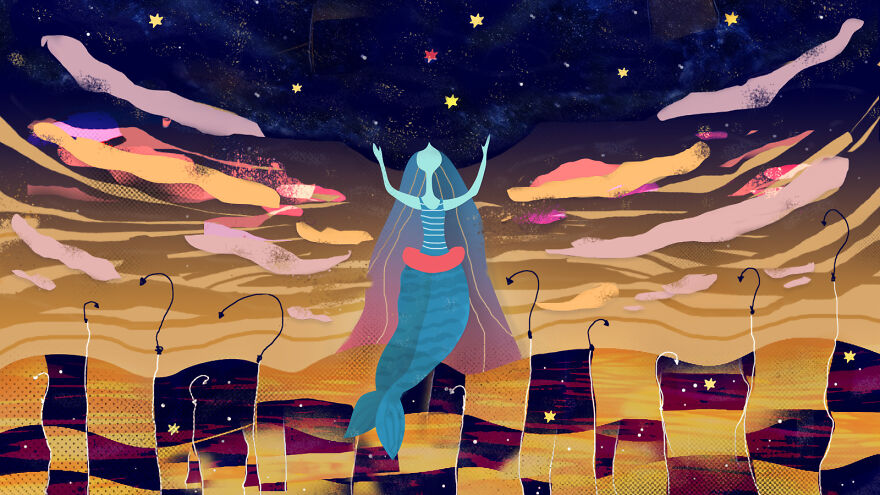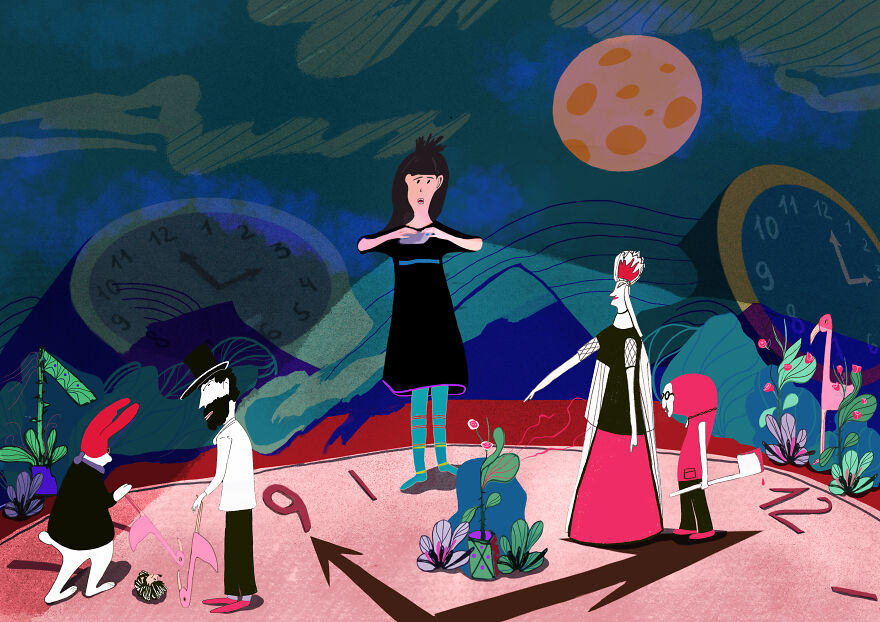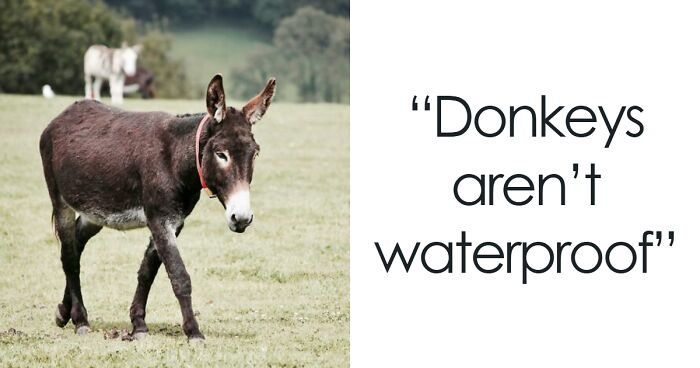As we grow older, our perception changes, which is why it’s not surprising that we find new meanings in the books we reread. This season, Depositphotos asked millennial artists to revisit some fairy tales from their childhood and challenge their traditional interpretations.
Hidden Messages in Children’s Books is a project that covered nine popular books millennials were fond of as kids. The task turned out to be tricky: Artists had to recall their childhood experiences and analyze books from an adult perspective.
We invite you to plunge into the worlds of J.R.R.Tolkien, Lewis Carroll, Antoine de Saint-Exupéry, and many others to meet your favorite literary heroes and learn some unexpected life lessons from them.
1. The Hobbit by J. R. R. Tolkien
Hidden message in The Hobbit: The journey you take is the best self-exploration practice. “Bilbo has a very clear moral compass. He understands what a noble hobbit he can be, and does everything to stay on the side of good,” the illustrator said.
2. The Little Prince by Antoine de Saint-Exupéry
Hidden message in The Little Prince: Don’t let your love become everything you value. “We all want to have special relationships, which is normal. But what’s not normal is dedicating yourself entirely to others. Love that requires a life sacrifice is not love,” the artist shared with us.
3. The Giving Tree by Shel Silverstein
Hidden message in The Giving Tree: For Some, We Are Not Friends, We Are Resources. “If I could rewrite this story, I would make the tree analyze its behavior and the situation at hand. For example, why it continues to call a man a boy, and how it can help the boy self-realize with his own inner resources,” the digital painter commented.
4. The Little Mermaid by Hans Christian Andersen
Hidden message in The Little Mermaid: It’s important to be true to yourself. Otherwise, people will only know your for your persona. “I used to think that a happy ending for the little mermaid could be a wedding with the prince. Now, I believe that after numerous trials and troubles, she got what she deserved: the real her,” the artist admitted.
5. The Secret Garden by Frances Hodgson Burnett
Hidden message in The Secret Garden: Anyone can self-heal by setting new goals for themselves and working hard to achieve them. “The main character is doing her best, but her uncle’s strategy raises many questions. He leaves the kids and waits for someone else to solve their and his problems,” the illustrator believes.
6. Peter Pan in Kensington Gardens by J. M. Barrie
Hidden message in Peter Pan in Kensington Gardens: By running away from adulthood, you run away from life. The artist’s opinion: “The protagonist puzzles me a lot. If he is a boy who does not want to grow up, then why is he so rude and selfish? Perhaps it’s a defense mechanism, since people like him aren’t accepted by others.”
7. Pippi Longstocking by Astrid Lindgren
Hidden message in the Pippi Longstocking series: Loneliness is something that often pushes us forward and makes us strong. “At the end of the book, Pippy and her friends eat peas and pretend that it’ll cure them from growing up. It allows us to draw our own conclusions. For some, children will inevitably grow up and turn into callous adults. And some believe that they can remain as kind children in their hearts,” the illustrator assumes.
8. Mary Poppins by P. L. Travers
Hidden question in the Mary Poppins series: Would Mary Poppins be able to complete all her tasks without magic? The millennial artist’s opinion: “As a kid, I was fascinated by magic, and I didn’t pay much attention to characters. Now I resent the toxic relationship between them.
I would suggest Mary not put pressure on children, but try to understand them. And as for parents, it would be great if they could be more receptive.”
9. Alice’s Adventures in Wonderland by Lewis Carroll
Hidden message in Alice’s Adventures in Wonderland: Sometimes, all we need is a good nap. “Alice woke up and did not dream till the end. We can only guess what happens next. I would advise not getting too carried away with fantasies, and balancing external and internal worlds,” the illustrator suggested.
Explore more illustrations by visiting the official project page: Hidden Messages in Children’s Books on the Depositphotos blog.
More info: blog.depositphotos.com

 Dark Mode
Dark Mode 

 No fees, cancel anytime
No fees, cancel anytime 




































-2
0